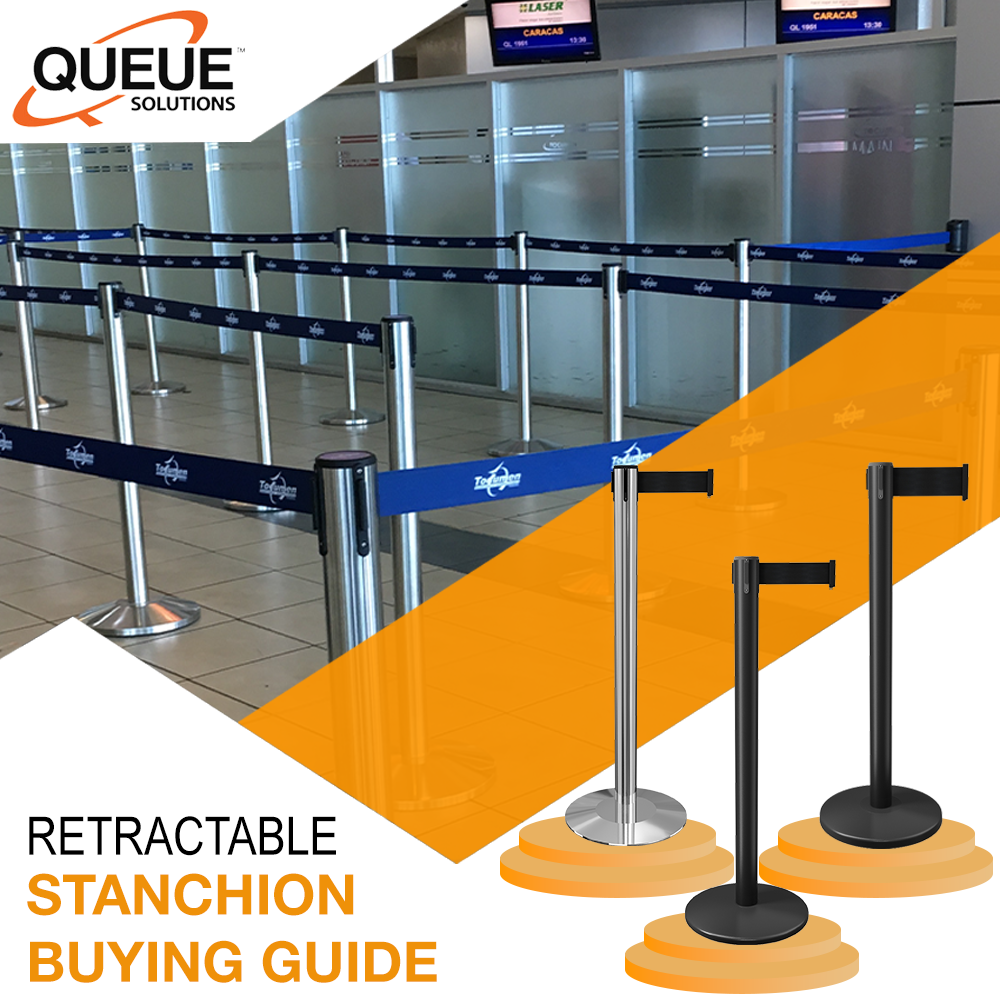Table of Contents
Retractable Stanchion Guide: What to Consider
When managing foot traffic or organizing queues, retractable stanchions are one of the most effective and flexible crowd control tools available. From airports to retail stores, they help maintain order, improve safety, and create a better experience for both staff and visitors. However, with so many options on the market, choosing the right model can be a challenge. This retractable stanchion guide will walk you through the essential features to consider so you can find the best fit for your space and needs.
1. Base Type
A critical part of any retractable stanchion guide is understanding base types. The base affects not only stability but also ease of movement.
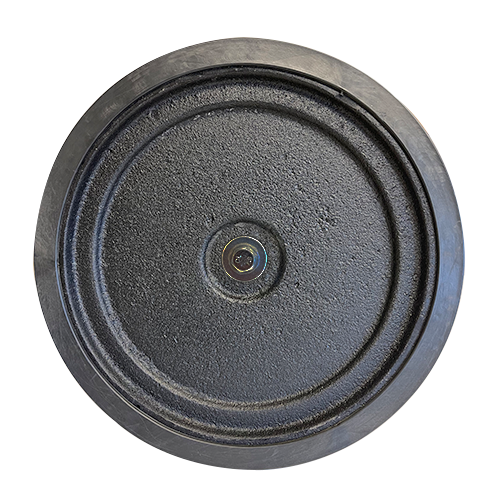
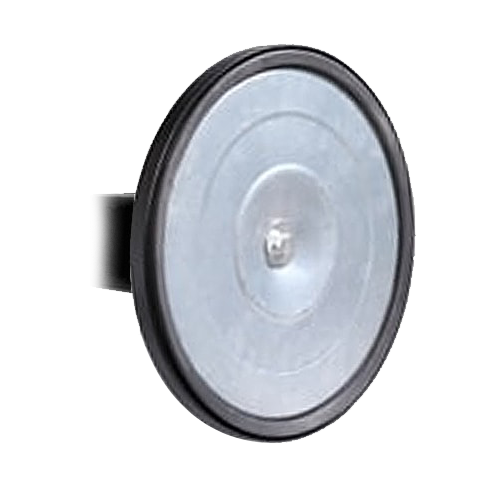
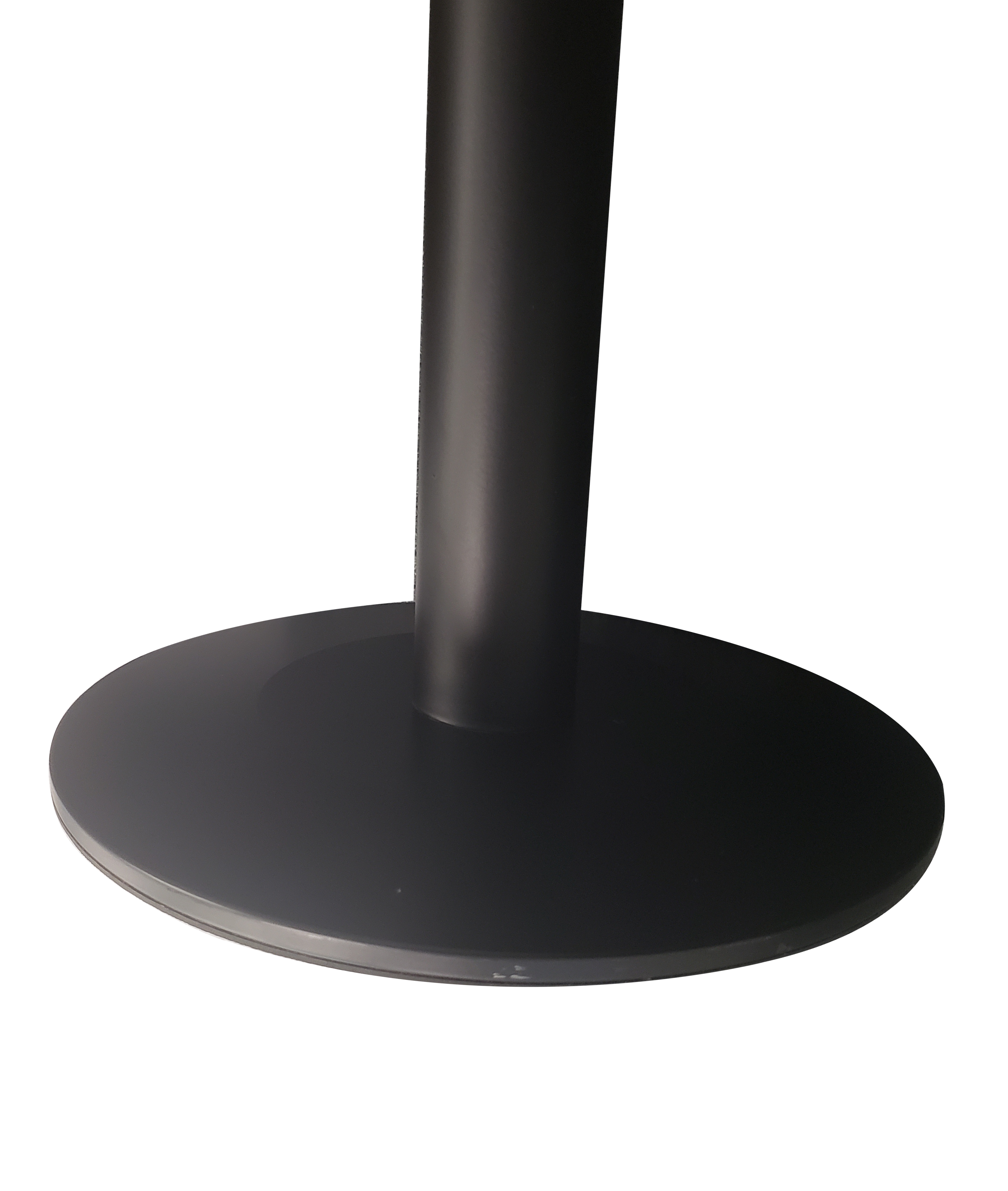
When working in crowded spaces, this simple detail can make a big impact on both safety and user experience.
2. Belt Length
Belt length is another key factor in this retractable stanchion guide. Longer belts mean you need fewer stanchions to section off an area, saving on both setup time and cost.
To evaluate value, divide the cost of the unit by its belt length to calculate the cost per foot of barrier — a smart metric for budget-conscious buyers.
3. Number of Belts
This retractable stanchion guide wouldn’t be complete without addressing belt configurations. The number of belts can significantly impact both line control and compliance.
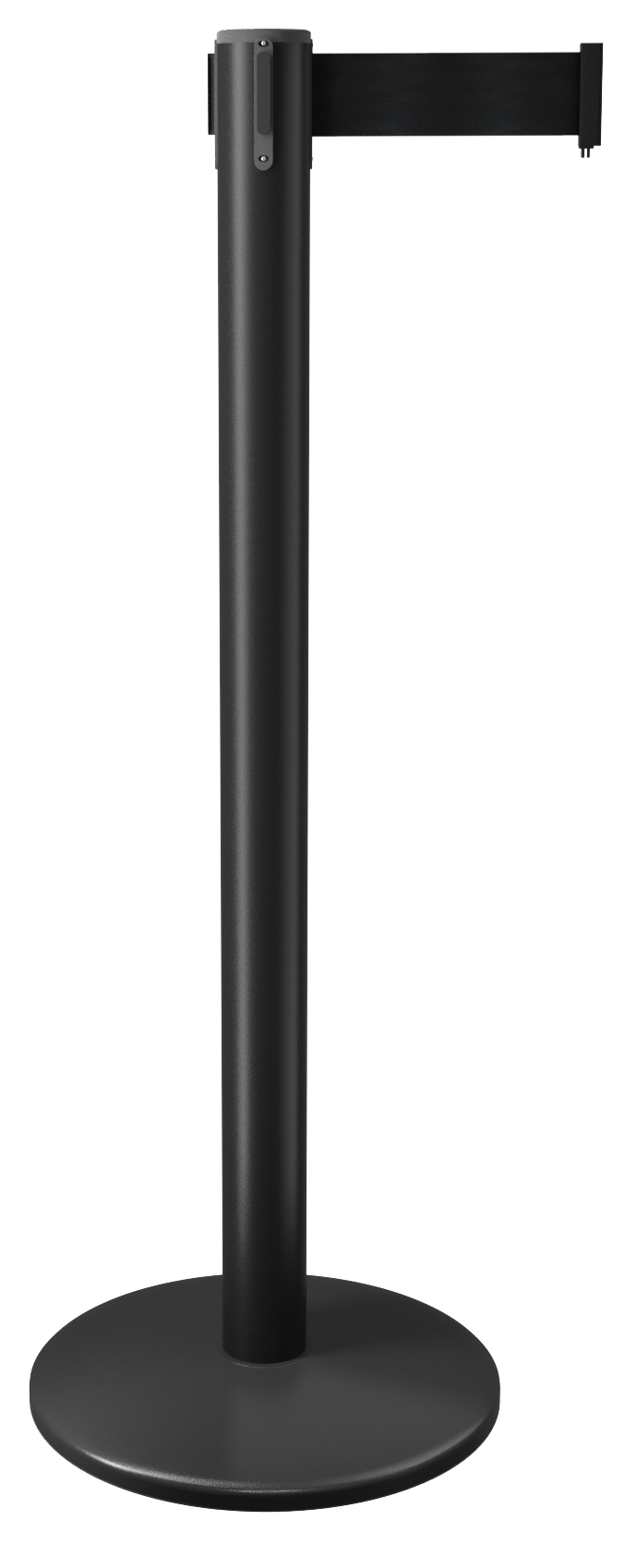
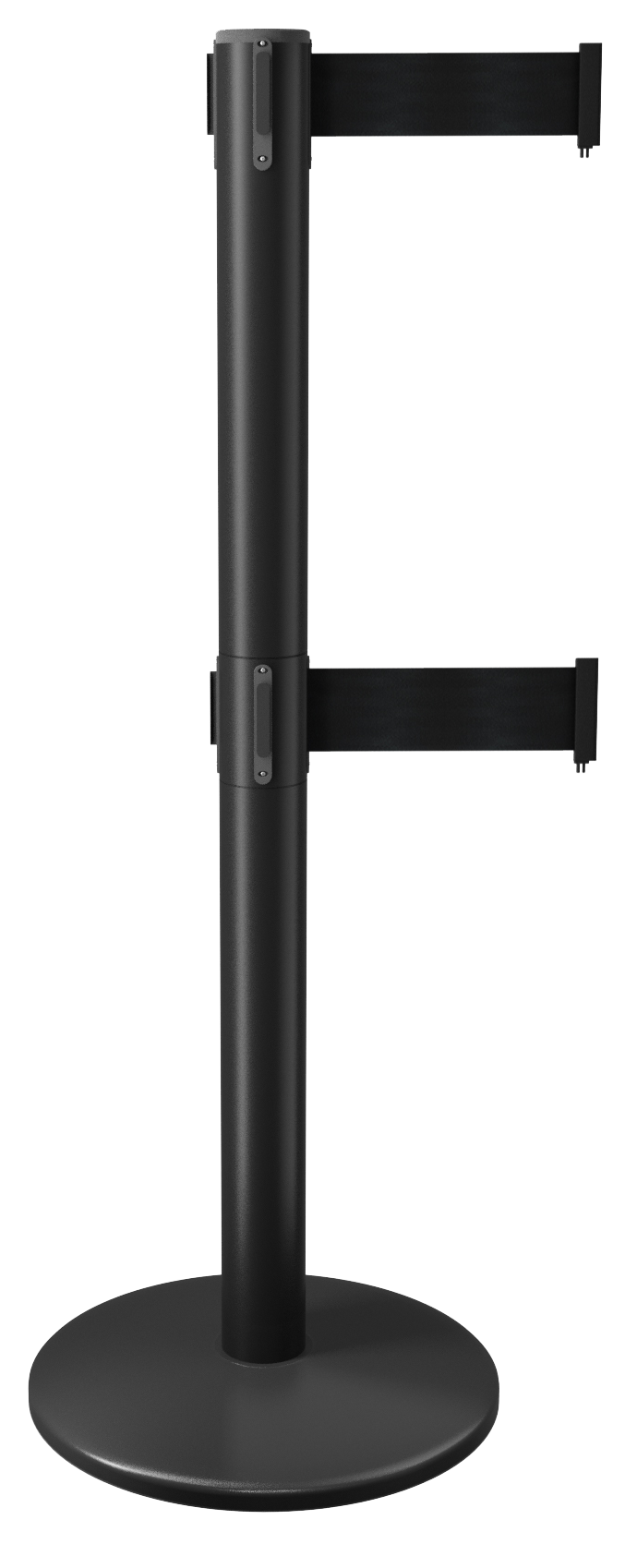
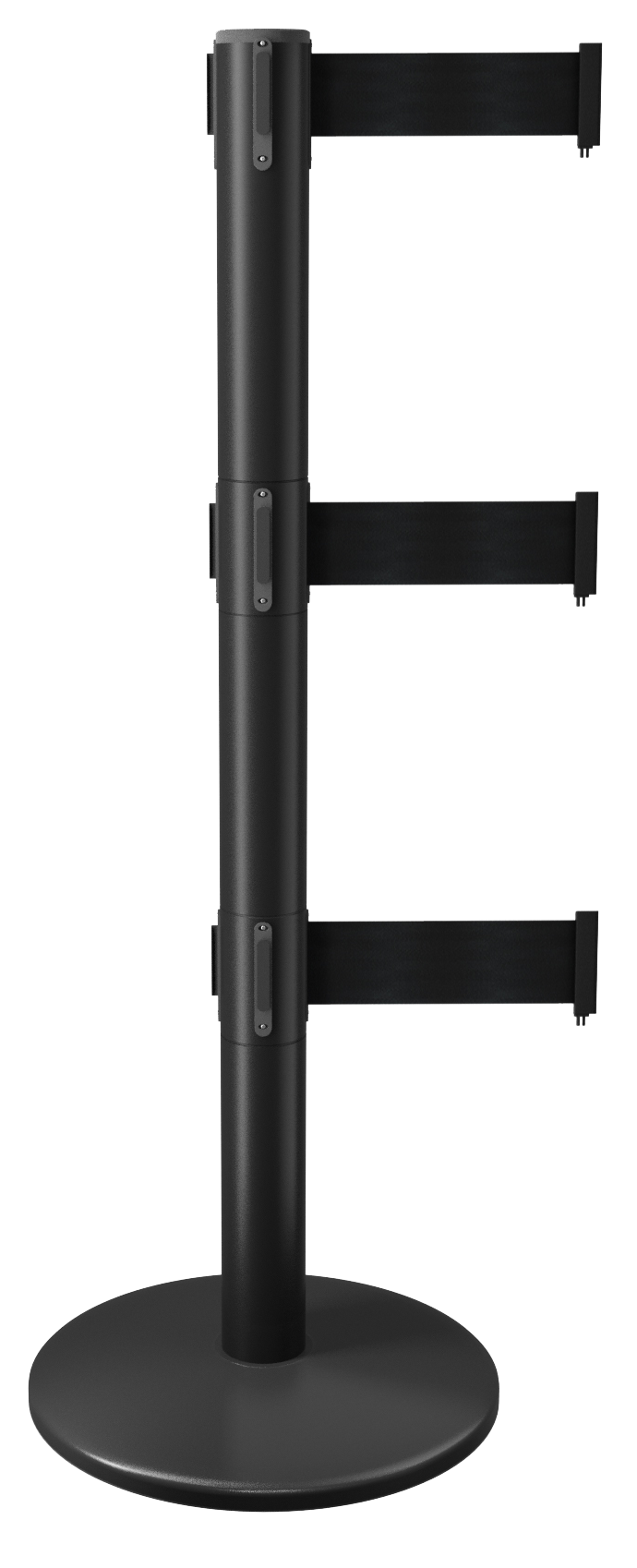
4. Cost Considerations
Price is always a factor, but this retractable stanchion guide encourages looking beyond the sticker price. Cost should be evaluated in terms of overall efficiency and durability.
Longer belts reduce the number of stanchions needed, saving money in the long run.
Heavy-duty bases and multi-belt designs may have a higher initial cost but often last longer and perform better in demanding environments.
Balancing quality with budget is key. It’s better to invest in a model that meets your operational needs than to cut corners and face frequent replacements or safety concerns.
Conclusion
Choosing the right crowd control solution doesn’t have to be complicated. By focusing on the key elements outlined in this retractable stanchion guide — including base type, base style, belt length, number of belts, and long-term value — you can find the perfect system for your space, traffic volume, and compliance needs.
Be sure to check out our Youtube for more content related to our products
If you want to see more products like this one be sure to check out our other Belt Barriers
If you liked this post be sure to check out the QueuePro 250 Xtra


